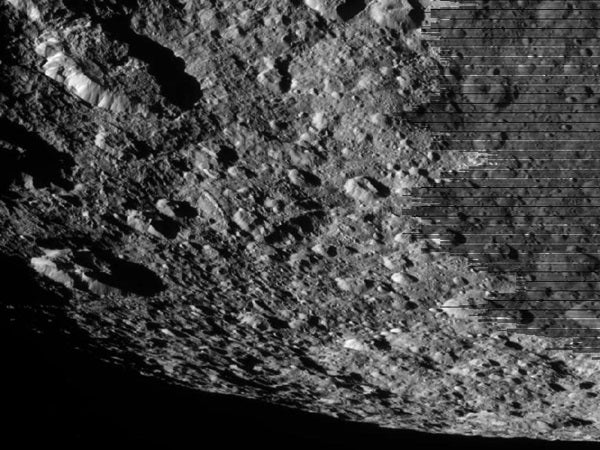These raw, unprocessed images of Saturn’s second largest moon, Rhea, were taken March 10, 2012, by NASA’s Cassini spacecraft. This was a relatively distant flyby with a close-approach distance of 26,000 miles (42,000 kilometers), well suited for global geologic mapping.
During the flyby, Cassini captured these distinctive views of the moon’s cratered surface, creating a 30-frame mosaic of Rhea’s leading hemisphere and the side of the moon that faces away from Saturn. The observations included the large Mamaldi (300 miles across [480km]) and Tirawa (220 miles across [360km]) impact basins and the 29-mile (47km) ray crater Inktomi, one of the youngest surface features on Rhea (about 950 miles across [1,530km]).










